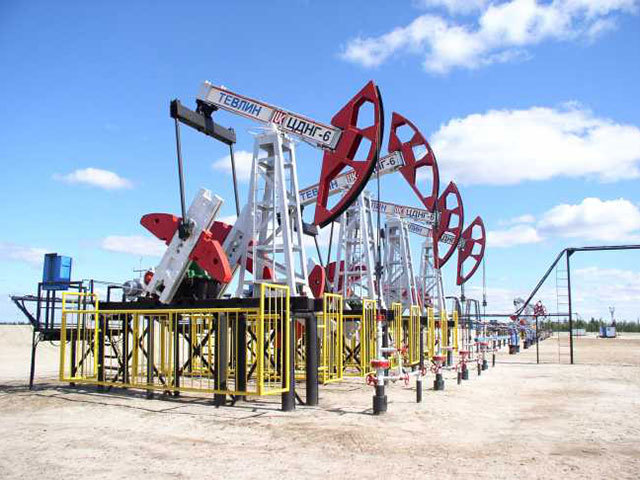
Brent and West Texas Intermediate headed for the biggest quarterly decline in more than two years amid speculation that rising crude output would buffer the market from potential supply disruptions in the Middle East.
Futures were little changed in London, down 13% from the beginning of July. The US and its European and Arab allies have conducted thousands of air missions since starting a bombing campaign to counter Islamic State militants in Syria and Iraq, OPEC’s second-largest producer. US crude stockpiles probably expanded by 1.5 million barrels last week, a Bloomberg News survey shows before an Energy Information Administration report tomorrow.
“Compared with 2011 and 2012 when we had issues with Libya and Iran, which resulted in a sharp rise in oil prices, we’re quite stable now despite the geopolitical conflicts,” Hong Sung Ki, a senior commodities analyst at Samsung Futures Inc. in Seoul, said by phone today. “The biggest difference between now and then is the increasing crude production in the US.”
Brent for November settlement was at $97.29 a barrel on the London-based ICE Futures Europe exchange, up 9 cents, at 2:55 p.m. Singapore time. The contract climbed 20 cents to $97.20 yesterday. The volume of all futures traded was 53% below the 100-day average. Prices have decreased 12% this year.
WTI for November delivery was 9 cents higher at $94.66 a barrel in electronic trading on the New York Mercantile Exchange. Prices have lost 10% this quarter, the most since June 2012. The US benchmark crude was at a discount of $2.70 to Brent, compared with $2.63 yesterday.
Brent advanced 15% in the third quarter of 2012 as Western sanctions against Iran over its nuclear program disrupted oil supplies from what was then the second-largest producer in the Organization of Petroleum Exporting Countries. In the first three months of 2011, an armed rebellion against the regime of Muammar Qaddafi halted almost all of Libya’s output, sending futures 24% higher.
In northern Syria, Islamic State’s offensive against the mostly Kurdish town of Kobani sparked an exodus of tens of thousands of Syrian Kurds, raising concern that the conflict would widen. Turkey “can’t stay out” of the campaign, President Recep Tayyip Erdogan said on Sept. 28, indicating that his nation is ready to join the US-led coalition.
Crude stockpiles in the US, the world’s biggest oil consumer, probably expanded to 359.5 million barrels in the week ended Sept. 26, according to the median estimate in the Bloomberg survey of six analysts. Production previously increased to 8.87 million barrels a day, the highest level since March 1986.
Gasoline inventories are forecast to have fallen by 600,000 barrels to 209.7 million, the survey showed. Distillate fuels, including heating oil and diesel, are projected to be unchanged after gaining the prior five weeks to 128.6 million.
The American Petroleum Institute in Washington will publish separate supply data today. The industry group collects information on a voluntary basis from operators of refineries, bulk terminals and pipelines. The government requires that reports be filed with the EIA, the Energy Department’s statistical arm.
In China, a manufacturing gauge slid from an initial figure a week ago as a property slump weighed on the world’s second- largest oil consumer. The Purchasing Managers’ Index from HSBC Holdings Plc and Markit Economics for September was at 50.2, below the preliminary 50.5 and unchanged from a three-month low for August. Readings above 50 signal expansion.
Recommended for you
